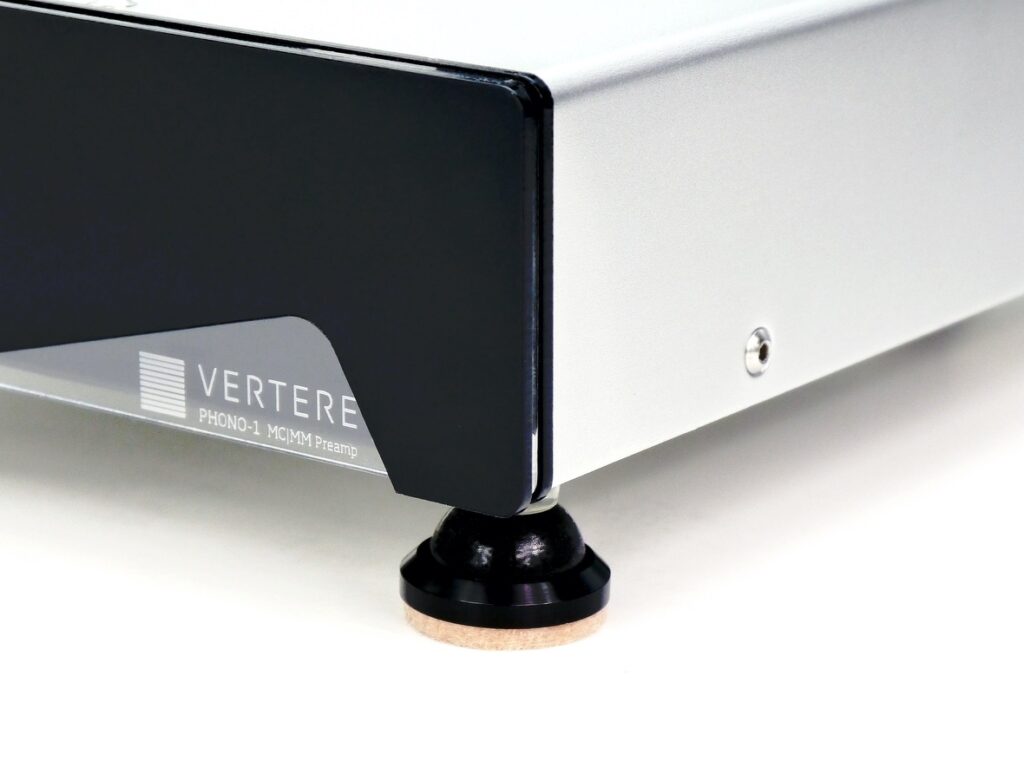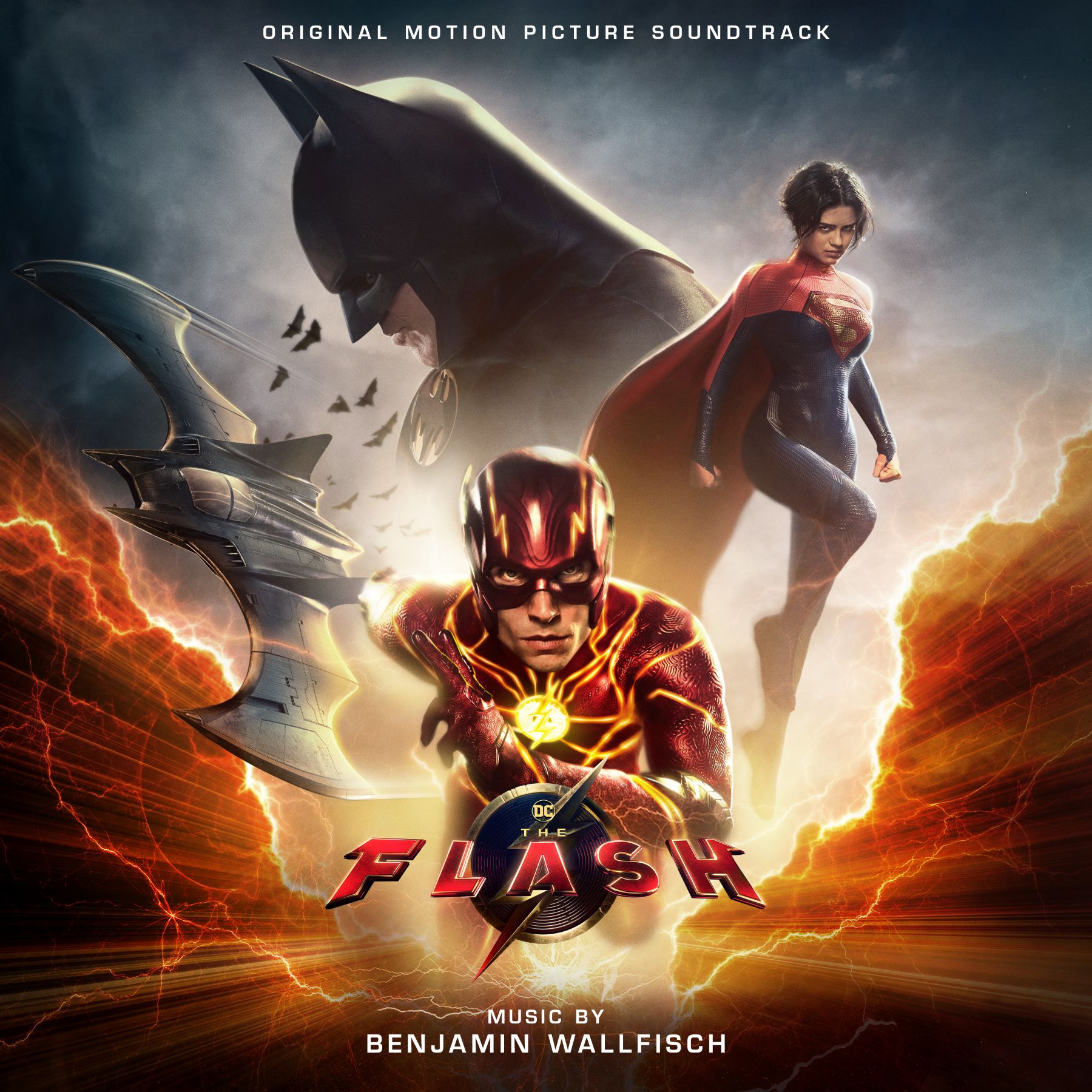Vertere launches new Iso-paw isolation footer.

We are pleased to introduce to you the Vertere Iso-paw, designed and manufactured to enhance the performance of the DG-1 record player and/or Phono-1 cartridge amplifier.
Experimentation has found these are not only worthwhile for Vertere products. We have found many low – medium mass products benefit especially products like phono stages and DACs. We suggest a maximum weight per Paw to be 2.5kg
Utilising an Acetal support with Felt underside for coupling with the support surface and Sorbothane dome top for decoupling and supporting the DG-1 record player or the Phono-1 cartridge preamplifier, the Iso-paw will provide years of musical enjoyment.

3 Pack | DG –1 (or other three footed product)
The 3-Pack version is suitable for the DG-1 record player. Iso-paw enhances the performance of your DG-1 and provides increased immunity from unwanted external vibrations. The Iso-paws are easily installed under each foot and immediately provide better isolation and enhanced bottom end, better focused imaging and soundstage and quieter background resulting in increased dynamic range.

4 Pack | Phono–1 (or other 4 footed product) The 4-Pack version is suitable for the Phono-1 MM/MC phono cartridge preamplifier. Iso-paw enhances the performance of your Phono-1 providing similar increased immunity from unwanted external vibrations. Internal circuits are affected by microphony – especially the equalisation and amplifier circuits for the delicate phono cartridge signal. The Iso-paws are easily installed under each foot and the results are very similar to the improvements on the DG-1. |

| Available nowIso-paw is available to buy from a Vertere specialist retailer, or online from the Vertere website.UK Prices are Iso-paws (Set of 3) SRP £95.00. (Set of 4) SRP £115.00USA Prices are Iso-paws (Set of 3) SRP $135.00. (Set of 4) SRP $165USA Prices are Iso-paws (Set of 3) SRP €129.00. (Set of 4) SRP €159ends. | |
| Touraj explains the source of some of his background knowledge “Our collaboration with music industry engineers has given us invaluable insights into the art of cutting and advanced our record player design in many ways to extract the maximum from vinyl records.For example, with his recent remixes of the Beatles albums, Giles Martin – son of the late Sir George – used a Vertere MG-1 record player including SG-1 tonearm and PHONO-1 preamplifier throughout to check and approve the acetates and the test pressings.And we’ve worked closely with multi-award-winning mastering engineer Miles Showell: since February 2017Miles has been using his own extensively customised Neumann VMS 80 lathe, incorporating Vertere cables, to cut normal and half-speed masters for the likes of ABBA, Cream, The Police and The Rolling Stones, and also the 50th-anniversary release of The Beatles’ Sgt Pepper’s Lonely Hearts Club Band and The Beatles (otherwise known as ‘The White Album’) and many more.Miles also uses his SG-1 record player including SG-1 tonearm and PHONO-1 preamplifier to listen to and approve acetates and test pressings as well as to enjoy listening to his record collection.Working closely with Mileshas led to the first releases on our record label. They include a three-track EPand first albumby Scottish band Caezar. Our first album by Dutch singer/songwriter Elles Springs, which was specially tape-transferred and then half-speed mastered and cut by Miles.It’s only by involving ourselves at every stage of the record-making process that we can ensure our products bring you as close as possible to what the artists and engineers wanted.” | ||
| About VertereReducing engineering to its fundamentals, to get you even closer to the original recording.When aiming to reproduce the complexities of music, it’s all too easy to introduce even more significant complication in the engineering of audio equipment, putting in place one element to solve the problems of another until the whole design escalates into something fiendishly intricate – and expensive!That’s not the Vertere way: coming at the whole problem with decades of audio and mechanical engineering experience, plus close collaboration with the recording and mastering industry, we step back, take a long hard look at the fundamentals, and look for simple, elegant solutions.That may sound like a simple ‘less is more’ philosophy, but we prefer to look at it this way: the best audio equipment shouldn’t add anything to or take away anything from the original recording. Instead, it should affect it as little as possible; bringing the listener ever closer to what the artist, producer and mastering engineer wanted you to hear. |





